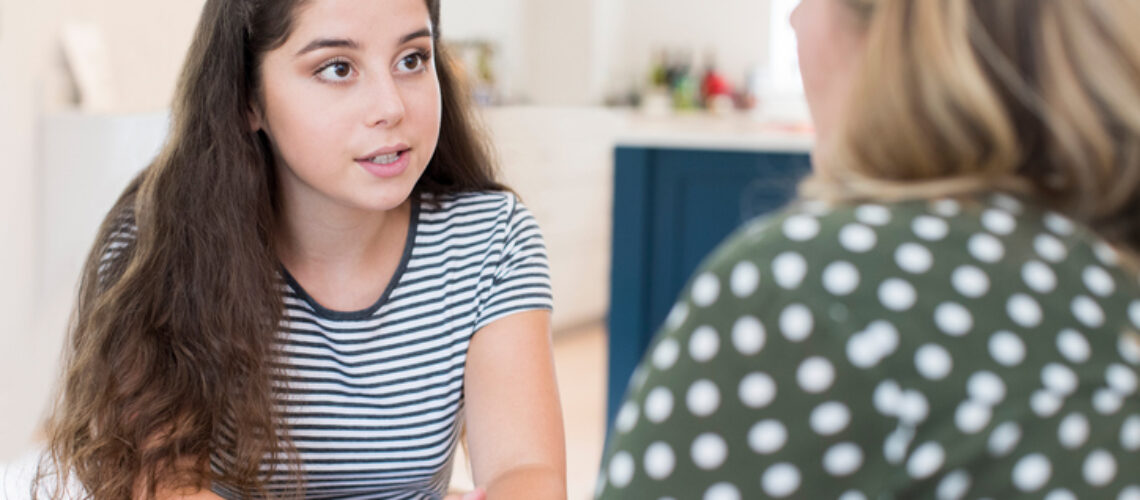These days, many young people are engaging in something called “sexting” – the sharing of nude or semi-nude images and sexual messages via phones and online. While it may seem harmless, sexting can actually have very serious consequences that everyone needs to be aware of

What is sexting?
Sexting refers to sending or receiving nude, semi-nude, or sexually explicit photos, videos or messages. This can happen on any device or platform like social media, messaging apps, gaming sites etc. Sexting often goes by other names like “nude pics,” “nudes” or “nude selfies.”
In the UK, it is illegal to create, share or possess nude/semi-nude images of anyone under 18 years old, even if they took the picture themselves. This is considered a form of child exploitation and sexual abuse. The motivations don’t matter – sharing these types of images and messages involving minors is a crime.
The images can also easily get spread further than intended, leading to bullying, harassment and reputation damage that impacts the young person’s life. There have been tragic cases where young people have even taken their own lives after being victimised from sexting incidents.
What should we do?
Any adult who creates, shares or possesses nude/semi-nude imagery of minors is committing child sexual abuse and exploitation. This must be reported to the police immediately, no exceptions.
Care workers and parents/guardians should never view a young person’s nude imagery themselves, unless it’s absolutely necessary to evaluate the situation. All decisions around searching devices or viewing imagery should follow proper protocols and protection policies. Record all actions and reasoning carefully.
Here is some info around what to do depending on your role:
- If you are not the Designated Safeguarding Lead (DSL), do not ask the young person for any details about the sexting imagery. Stay calm, use non-judgmental language, and reassure them that they did the right thing by reporting it. Explain that you need to pass this information to the DSL so they can provide the proper support, following your setting’s safeguarding protocols.
As the DSL, gather factual information like who is involved, the nature of the content, and where it is located. However, never view, share, save or ask the young person to provide the actual imagery, as this is illegal.
Record all actions taken and decisions made, documenting why certain steps were or weren’t taken. Your approach should prioritise the child’s wellbeing. Report any adult involved to the police immediately, as this constitutes child sexual abuse.
After the incident, review what happened and how it was handled. Identify any areas for improvement in your policies and procedures. Most importantly, ensure the young person receives appropriate emotional support and resources
For all staff, the key is remaining calm, following proper safeguarding measures, avoiding re-victimisation, and getting the right professionals involved quickly. Sexting cases are complex, but a cautious, child-centered approach following legal protocols is crucial.
How to Prevent Sexting
The best way to avoid sexting is through ongoing education and dialogue with young people about its risks:
- Explain that nothing digital is ever truly private or erasable
- Build self-respect and the confidence to say no to requests
- Promote critical thinking about potential consequences
- Create a supportive environment where youth can come forward
We have a range of lessons and resources to get more information and to educate yourself and young people. You can find them all here.
If a sexting incident does occur, stay calm and get appropriate professional help right away. The impacts can be traumatic, so avoid shaming or punishing the youth involved. With proper support, lives can be protected and lessons learned.
Sexting is a serious issue with real legal and human costs. By learning about it, discussing it, and creating a climate of understanding, we can empower youth to make smart choices and stay safe.
Let's summarise
Designated Safeguarding Leads should ensure the following:
- Viewing the imagery is the only way to make a decision about involving other agencies, as it isn’t possible to establish facts otherwise.
- The images need to be reported to a website or agency such as the Internet Watch Foundation, or could support a young person or parent to report the content.
- Viewing the imagery has been unavoidable due to a young person presenting it directly to a member of staff, or if content has been found on a school device.
If it is necessary to view images, the DSL should ensure:
- Any images should not be copied, printed, shared, or stored as that is illegal. If this has happened, police should be contacted.
- Any decisions should be discussed with the headteacher or senior leadership team.
- Viewing should be undertaken by the DSL with authority from the headteacher or senior leadership team.
- Viewing should take place with another member of staff present and should ideally take place on premises by a member of staff of the same sex as the young person involved.

1 thought on “The Dangers of Sexting: What You Need to Know”
This is a toopic which iss near to my heart… Cheers!
Exactly where are your contact details though? http://Boyarka-inform.com/